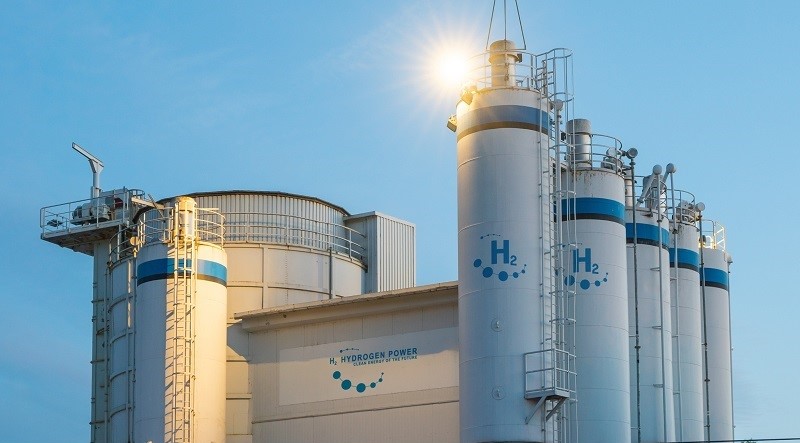 The global hydrogen valve market is on a remarkable growth trajectory, with its value projected to rise from USD 331 million in 2024 to USD 507 million by 2030, reflecting a compound annual growth rate (CAGR) of 7.4%. This anticipated expansion underscores the increasing importance of hydrogen as the fuel of the future, driven by its critical role in clean energy, transportation, and industrial applications. For Blackhall Engineering, this burgeoning market represents both opportunities and challenges as we navigate the evolving landscape of hydrogen technology.
The global hydrogen valve market is on a remarkable growth trajectory, with its value projected to rise from USD 331 million in 2024 to USD 507 million by 2030, reflecting a compound annual growth rate (CAGR) of 7.4%. This anticipated expansion underscores the increasing importance of hydrogen as the fuel of the future, driven by its critical role in clean energy, transportation, and industrial applications. For Blackhall Engineering, this burgeoning market represents both opportunities and challenges as we navigate the evolving landscape of hydrogen technology.
Driving Factors: Clean Energy Adoption and Ammonia Production
A primary driver of this growth is the global shift towards hydrogen as a clean energy source. Governments and industries worldwide are investing in hydrogen infrastructure, including production facilities, storage systems, and distribution networks, which necessitate advanced valve systems to manage hydrogen’s unique properties. From low-pressure to cryogenic applications, hydrogen valves play a pivotal role in ensuring safe and efficient handling across the supply chain.
The rise of green ammonia production, which uses renewable hydrogen, is another significant growth area. As industries prioritise sustainability, demand for high-purity hydrogen valves capable of maintaining stringent operational standards is expected to soar. These valves are critical for managing the high pressures and unique challenges associated with hydrogen applications.
Opportunities in Hydrogen Fuel Cell Systems
The adoption of hydrogen fuel cell systems, particularly in the automotive and stationary energy sectors, presents a major opportunity for the valve market. As automotive manufacturers shift towards zero-emission vehicles, the need for specialised valves in fuel cell vehicles is increasing. These valves ensure efficient hydrogen flow into fuel cell stacks, meeting rigorous safety and performance standards.
Similarly, the expansion of hydrogen refuelling infrastructure and the integration of hydrogen fuel cells in energy storage systems are driving demand for valves designed for high-pressure conditions and reliability. Strategic collaborations between valve manufacturers and hydrogen infrastructure developers are essential to accelerating innovation and standardisation in this area, fostering market growth.
Challenges: Hydrogen Embrittlement and Cost Constraints
Despite its promise, the hydrogen market faces challenges that must be addressed to unlock its full potential. Hydrogen embrittlement, a process where hydrogen molecules weaken metals like steel, poses significant risks to valve integrity and safety. This challenge requires ongoing research into advanced materials and surface treatments to ensure durability in hydrogen-rich environments.
The high cost of hydrogen valves, driven by the need for specialised materials such as stainless steel and nickel alloys, precision engineering, and rigorous testing, remains a barrier to widespread adoption. Achieving cost reductions through material innovation and economies of scale will be critical to making hydrogen a viable clean energy solution on a global scale.
Strategic Path Forward
For Blackhall Engineering, the hydrogen market represents a dynamic and transformative opportunity. By investing in cutting-edge valve technologies that address hydrogen’s unique challenges, we aim to position ourselves at the forefront of this emerging sector. Our focus on collaboration with hydrogen infrastructure developers and automotive manufacturers will enable us to contribute to the development of standardised, reliable, and cost-effective valve solutions.
As the world transitions to a hydrogen-powered future, Blackhall Engineering is committed to playing a key role in shaping a sustainable and innovative energy landscape. With the hydrogen valve market poised for significant growth, we are well-positioned to meet the evolving demands of this vital industry.